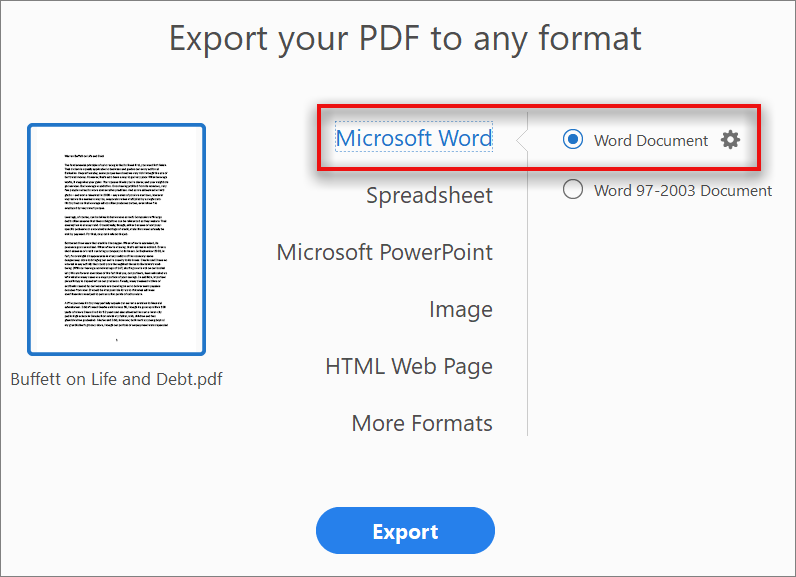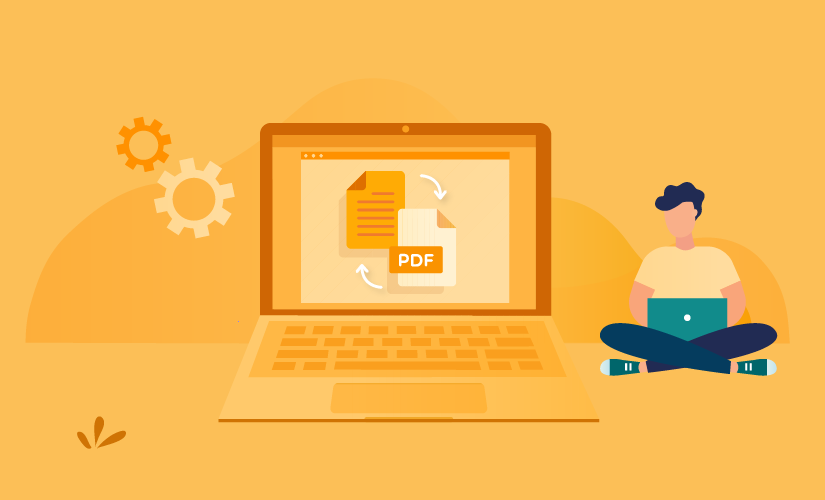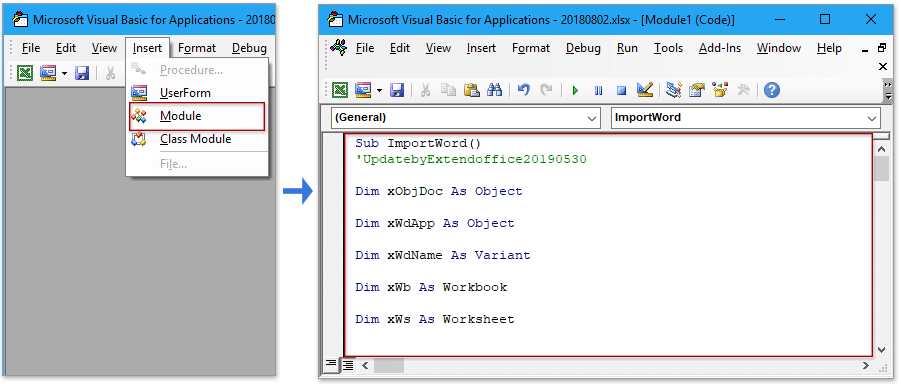
Not to fear, text to table will allow you to quickly and easily convert all that data into a table that you can then format to your heart’s content. Let’s imagine you have a bunch of text and numbers, and you realize that it would be easier to read if it were in neat columns and rows. Once you draw your first cell, you can then draw further cells, and create the table that is more based on how you want it to look than necessarily what it requires. In this way you can size the table to your liking. When you draw a table, the cursor is changed to a pencil and you can “draw” out the column and rows. Alternatively, you can AutoFit columns to fit the contents, or you can have the content AutoFit to the window.įinally, if you intend to reproduce the table or you use that size frequently, you can have the “Insert Table” dialog remember those dimensions for new tables. Secondly, you can “Insert Table,” which means you just input the number of columns and rows and how you want the column to “AutoFit.” If you choose fixed column width, you can select “auto” or you can assign a size. With your table now placed into your document, you can set out about formatting it, which we’ll cover shortly. In the screenshot, you see we trace out a 6 x 5 table, which is previewed in the document. The fast way is to simply trace out the table you want using the provided grid. Here you see a grid that allows you to quickly spec out a table but you can also insert, draw, or pick from some predefined “Quick Tables”. When you click on the “Tables” button on the “Insert” tab, you’re given several options. They are very simple to insert and manipulate in Word. Tables are a tried-and-true method of presenting data in rows and columns.

One of the most common formatting elements you will use in Microsoft Word are tables, so much so that it’s probably a surprise we aren’t covering them until now!
/unipdf-free-95e40e6784ef4eb0bd0db226d9c535d7.png)
For example, PDF stores a table as a set of lines without any relationship to the content inside the table cells.ĭifferent programs represent the same content using different structures in PDF files. Most PDFs don’t include information about structural content elements, such as paragraphs, tables, or columns. PDF is a fixed file format, which means the file stores the location of text, pictures, and vector graphics on a page, but not necessarily the relationships among them. If your PDF includes these, you might want to open it directly rather than converting it to a Word document:įont effects, like Glow or Shadow (in the Word file, the effects are represented by graphics) Some elements are known to be problematic when converting from PDF to Word format. Document elements that don’t convert well For example, if Word doesn’t recognize a footnote, it treats the footnote as regular text and might not put it at the bottom of the page. Sometimes, Word doesn’t detect an element, and so the Word version doesn’t match the original PDF file. When that happens, the text can’t be edited. If the PDF contains mostly charts or other graphics, the whole page might show up as an image. But when you open a PDF file in Word, it might not look exactly the way it looked as a PDF.

You always have the original PDF file, in case you don't want to keep the version that Word converts.Ĭonverting from PDF to Word works best with files that are mostly text-for example, business, legal, or scientific documents. Word makes a copy of the PDF, converting it to a Word document and attempting to match layout of the original PDF. However, if you want to edit the PDF file, go ahead and open it in Word.

To open a PDF file without converting it to a Word document, open the file directly wherever it's stored (for example, double-click the PDF file in your Documents folder).


 0 kommentar(er)
0 kommentar(er)
